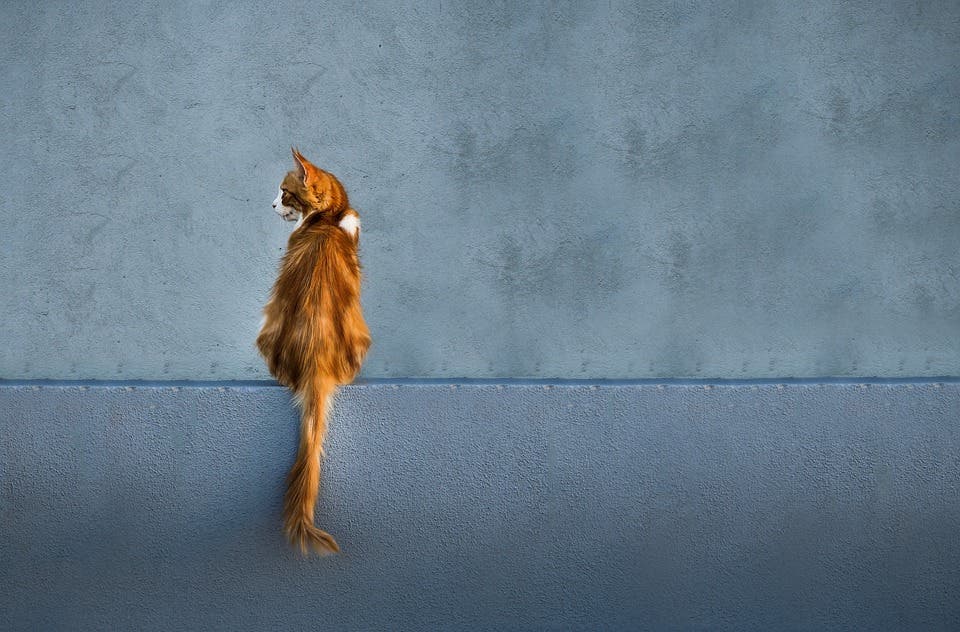New research is looking into how fat our cats are.

Fat cats — they’re definitely adorable. But, until now, we didn’t have any reliable way to tell if they’re getting too fat. New research based on over 54 million cat weight measurements hopes to establish a baseline body weight value that veterinarians and cat owners can use to gauge the health of domestic cats.
Chunky fur babies
“As humans, we know we need to strive to maintain a healthy weight, but for cats, there has not been a clear definition of what that is. We simply didn’t have the data,” said Prof. Theresa Bernardo, the IDEXX Chair in Emerging Technologies and Bond-Centered Animal Healthcare, the paper’s corresponding author.
“Establishing the pattern of cat weights over their lifetimes provides us with important clues about their health.”
The researchers from the University of Guelph’s Ontario Veterinary College (OVC) report that most cats keep putting on weight as they age, peaking at an average of eight years old. Another finding is that the average weight of our cats is also on the rise. The team looked at 54 million weight measurements recorded at veterinarian offices on 19 million different cats. They then broke this dataset down by gender, breed, and neutering status. The study is the first one to draw on such a large pool of data, and it provides important baseline information for owners and veterinarians.
Male cats tend to reach higher peak weights than females, and neutered or spayed cats tend to grow heavier than unaltered cats. Siamese, Persian, Himalayan, and Maine Coon breeds (who the team write are the four most-common purebred cat breeds), reached peak weight between 6 and 10 years of age. Your common domestic cats reached mean peak weight at around 8 years of age. Finally, the team notes that the mean weight of neutered, eight-year-old domestic cats increased between 1995 and 2005 but remained steady between 2005 and 2015.
“We do have concerns with obesity in middle age, because we know that can lead to diseases for cats, such as diabetes, heart disease, osteoarthritis and cancer,” said Dr. Adam Campigotto, the study’s lead author.
“Now that we have this data, we can see that cat weights tend to follow a curve. We don’t yet know the ideal weight trajectory, but it’s at least a starting point to begin further studies.”
Over half (52%) of the cats used in the study only had one body weight measurement on file, the team adds, which suggests that their owners either didn’t bring them back in for regular vet checkups or took them to a different veterinary clinic. The authors explain that it’s important to monitor weight changes in cats.
“Cats tend to be overlooked because they hide their health problems and they don’t see a vet as often as dogs do. So one of our goals is to understand this so that we can see if there are interventions that can provide more years of healthy life to cats,” Bernardo explains.
“The monitoring of body weight is an important indicator of health in both humans and animals. It’s a data point that is commonly collected at each medical appointment, is simple to monitor at home and is an easy point of entry into data-driven animal wellness.”
Campigotto advises pet owners who are concerned about their cat’s health or weight to buy a scale and form a habit of weighing the animal at home. He explains that weight gain or loss can be “an indicator of an underlying problem.” In the future, the team plans to analyze if automated feeders with built-in scales can be used to reduce cat obesity, in an effort to change “the emphasis to cat health rather than solely focusing on disease.”
The paper “Investigation of relationships between body weight and age among domestic cats stratified by breed and sex” has been published in the Journal of the American Veterinary Medical Association (AVMA).


